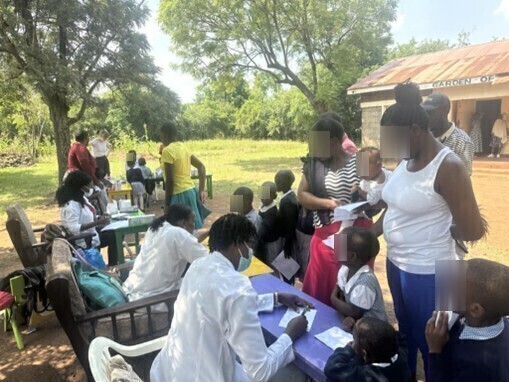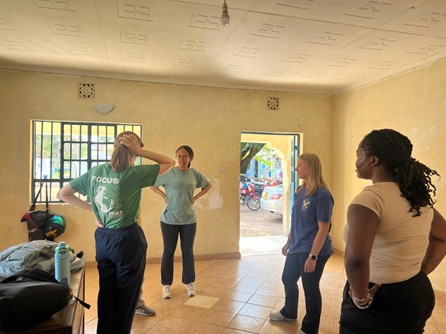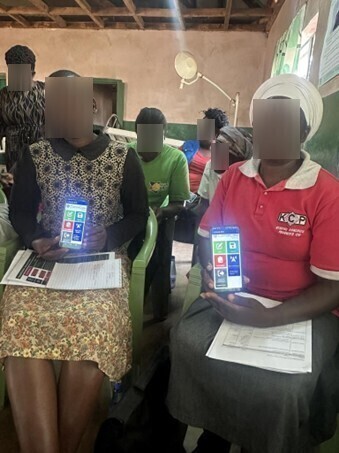As we approach the midpoint of our time here and the midpoint of the training portion of the R33 study, I feel I am really getting a sense of what global health work entails, including all the challenges, hard work, and problem-solving it requires. We started our first week here with Dr. Huchko, which was nice to have a familiar face and to help with all the logistics one week before the start of CHP training. She was very impressive with her delegation skills and outside-the-box thinking that brought together all of the pieces of the project. The team here has also been amazing, working non-stop to finish everything put on their plates and always with a smile. They have been so helpful in and out of the job, showing us around Kisumu and helping translate at the trainings so we understand how the CHPs are performing.

First control training finished
One of my favorite parts so far has been the feeling that we’re truly leaving our mark on both the project and the community. I came into this experience expecting to contribute to many small pieces of a larger effort—and thinking we might not feel like we (the SRT team) were making a significant impact, which would be understandable in an 8-week training. While the first part of that may be true, the feeling when we left our first training site and twenty-two women had been screened for HPV was indescribable. We are directly helping women get the care they need that could possibly save their lives, and continuously improving the interactions of the CHPs to give clients a better experience. To feel this way at the end of four weeks is more than I could have hoped for. Being able to adjust the mSaada app and know that our input and changes are going to stay and be used in the actual intervention and possibly after makes me proud and excited to continue improving. We also noticed that some of the CHPs were having trouble remembering the eligibility screening requirements in the control arm, and took initiative in making a poster for them.
Two women using mSaada at intervention training
We are also lucky to experience life outside of the project here, and one of my favorite experiences so far was when we helped at the Garden of Hope preschool with a woman named Rosemary. She has continued to be a contact with SRT students for the past three years and has given us the amazing opportunity to interact with underserved children in the rural Kisumu area. What was especially great about our first time meeting her and the kids was that it was a medical camp day, which is where doctors from the city come to see and treat the children every month. We were able to talk to them about the healthcare issues facing rural regions, while also getting to play games with the kids. I look forward to going back and helping again.

Medical camp at Garden of Hope
Lastly, it has been a welcome surprise to see how tight-knit the SRT community is. We were lucky enough to get in contact with the SRT team from two years ago and help them with a project they started when they were in Kenya, called Jali Watoto. They needed our help painting the childcare center they were setting up, to which we happily obliged. It was a lot of fun getting to know them better and exchanging advice and stories. They inspired us to look deeper into holes in the Kenyan healthcare system and take full advantage of our opportunity here. It made us know it was possible to develop our own projects and stay passionate even once we leave Kisumu. I’m so excited to see what else this project has in store and to continue to improve as a person, researcher, and student of the world.

Working with Melat, Sydney, and Anne for Jali Watoto

